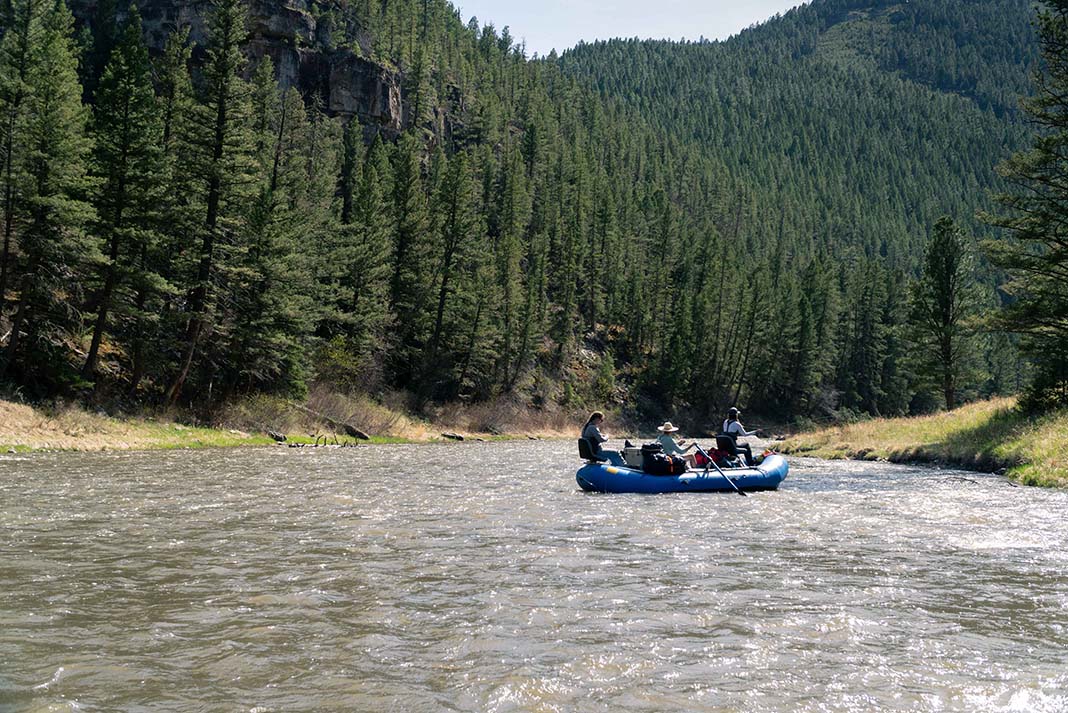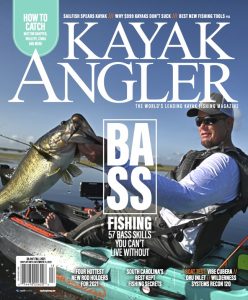Products You May Like
As summer progresses and the memories of matching mayfly hatches fades away, some of the best dry fly action is heating up. Take advantage of those long afternoons and learn how to pick the right timing and pattern when you fish dry flies for trout.
How to Fish Dry Flies for Trout
Late summer and early autumn are the time to tie on a terrestrial. This is when grasshoppers, crickets, beetles and flying ants fall into the water and make up a large portion of a trout’s diet. Even the largest trout in a river or stream find it difficult to refuse a protein-packed grasshopper or beetle.
Most terrestrial patterns are bulky and air resistant, so I use a five- or six-foot rod, floating line and 10-foot leader tapering down to 2X.
Some of my favorite all-around fly patterns are a Schroeder’s Parachute Hopper, Amy’s Ant, foam beetle, foam ant, and a classic Chubby Chernobyl in a variety of colors and sizes to match the local bugs.
Fishing terrestrial flies is more productive in the afternoon or early evening after the critters get active. Look for tall grass growing close to the riverbank and overhanging tree limbs or bushes. Trout know clumsy grasshoppers, beetles and crickets fall into the water in these areas.
Flying ants hatch and take flight from nearby ant hills. Be on the lookout for swarms of small black or brown ants. Watch where they drop into the water. Back eddies in the river are another spot to check. In the dead current, fallen insects swirl together making an easy meal for trout.
The key to finding fish with a terrestrial fly is keep moving, it does not help to sit in one spot and repeatedly fish the same fly.
Think Like a Hungry Trout
A trick for using a hopper or cricket pattern is adding a slight twitch to the fly as it floats on the surface. Grasshoppers and crickets kick or flutter. Sometimes a dead drifted pattern will get refusals from trout used to seeing struggling bugs.
Also, experiment with plopping the fly onto the water instead of gently landing it. Float the fly close to grassy banks, rather than mid-current, since bugs are more likely to hit the water near shore.

Most terrestrial patterns are large and buoyant making it easy to suspend a nymph on a dropper. I tie 12 to 18 inches of 4X to 6X tippet to the bend or eye of the dry fly hook. Then, I attach a bead-head nymph to the end of the tippet. If a trout turns away from the terrestrial, it might take the suspended nymph instead.
This Summer, Try a Terrestrial Fly
After the prolific mayfly hatches of late spring, the best dry fly fishing is yet to come. Through the summer and into fall, I grab a variety of terrestrial patterns and beat the banks.

This article was first published in Kayak Angler Issue 46. Subscribe to Kayak Angler and get the magazine delivered to your front door. Download the Kayak Angler Magazine+ app to seamlessly glide between the digital archives, the latest articles and videos.
Patience young Grasshopper, I will teach you about fly fishing. | Feature photo: Marc Fryt
